There’s a unique sense of magic and reward that comes from viewing expertly crafted ‘mixed media’ works. Wait! That artwork is actually made from those materials? Who knew?
Varka Kozlovič is one of those artists who surprises viewers with remarkable mixtures that result in brilliant works filled with colour and movement. She expertly blends canvas, thread, fabric, ink, paper, string, linen, wool—you name it! And her latest works merge thread markings with those of a simple fountain pen. Again…who knew?
Learn how Varka expands upon the ‘power of the pen’ through repetitive and interwoven ink and thread marks across a large canvas. You’ll be hard-pressed to know where each begins and ends, as Varka is a master at layering in her abstract works. You’ll also gain a behind-the-scenes look into her process and learn both the planning and techniques that go into her months-long creations.
Varka is Slovenian and currently resides in Copenhagen, Denmark. She studied at the University of Trieste and University of Sussex and worked professionally in international development. Varka especially explores iteration in drawing, originating from repetitive patterns she finds in nature and urban settings. She is a member of KKS and the Danish Women’s Artist Association.

A reluctant start
TextileArtist.org: What initially attracted you to textiles as a medium? How was your imagination captured?
Varka Kozlovič: Textiles are just one of the mediums I use in my work. I ‘discovered’ textiles and threads when I wanted to add colour and texture to my large black-and-white drawings made with fountain pen ink on canvas. The large drawings stem from small, repetitive marks and patterns made with a fountain pen (some of which are featured in this article).
Coloured textiles looked warm on the canvas in combination with the ink marks. And the way the linen threads captured the light were perfectly suited for that purpose.
‘Colouring’ by stitching added many new possibilities. Suddenly, not only could I choose the colour of the thread, but I could also choose the way it was stitched on canvas to better suit the ink marks. This strategy also allowed me to easily change the positioning of the coloured parts of the drawings or even delete them if I did not like the result.
This was a very good thing considering the fact that drawing with a fountain pen can last for months. Adding colour as the final step of the work gives it the final say in the end result.
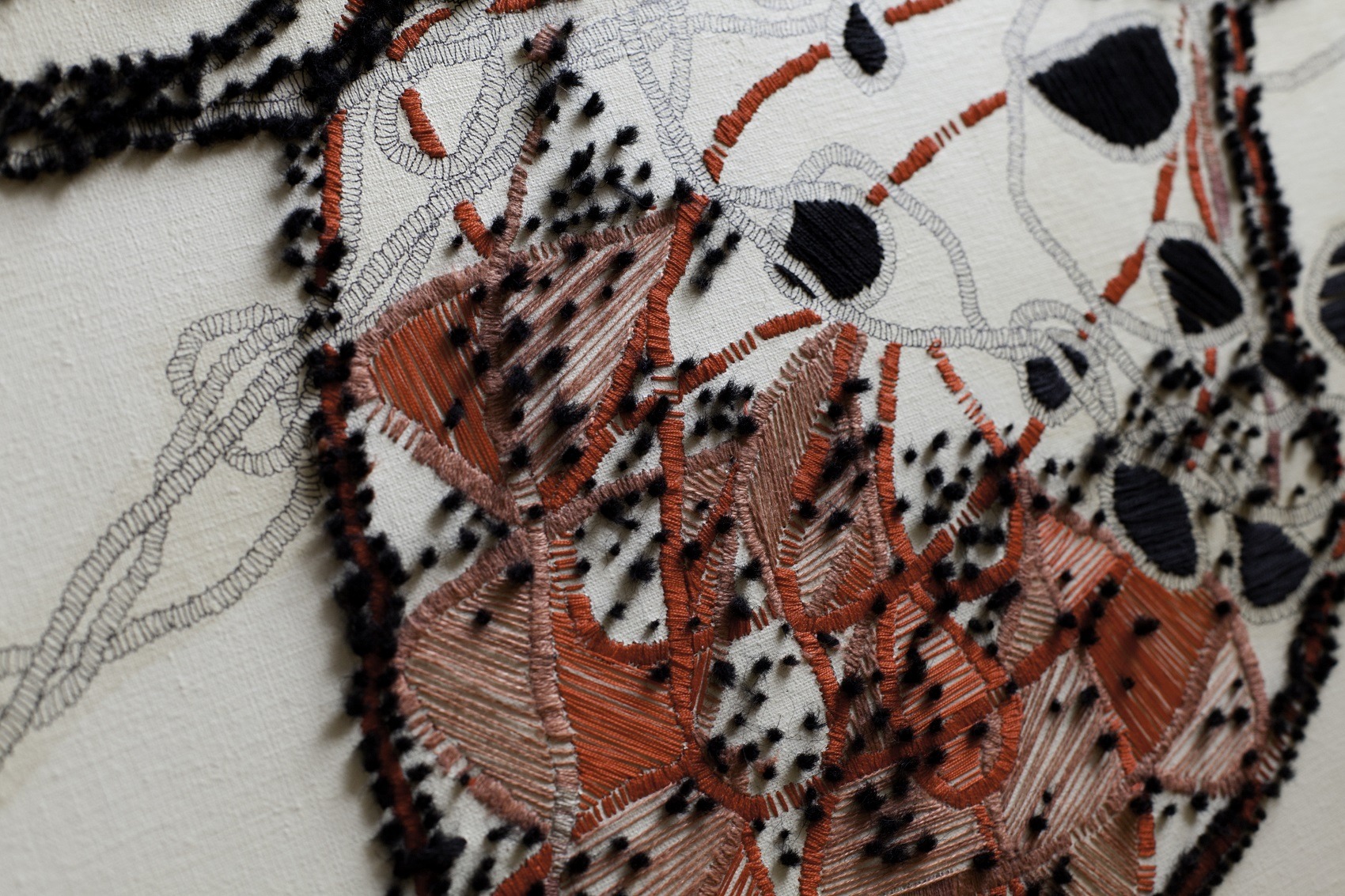
What or who were your early influences and how has your life/upbringing influenced your work?
I grew up in a very creative family which gave me lots of artistic inputs. The message I got from my parents since childhood was that money spent on art exhibitions, concerts, books, catalogues, paints, brushes and paper was always well spent. And colours, brushes and canvases were indeed always present in our home.
My grandfather liked to reproduce the works of the big painters. My mother has also been enjoying painting for a very long time. And my sister studied the arts and has always been engaged with them.
Along with my studies and work, I studied piano and enjoyed attending several courses in different artistic expressions in different periods of my life in different locations.
Textiles and threads were also present in my family, as both my mother and grandmother sewed their own dresses and clothes for us as kids.
My first approach with needlework was not positive. In elementary school, I protested the fact that, as a girl, I was automatically assigned to embroidery. I became the only girl to join the boys in wood making as a result.
Still, despite my protests with embroidery, I do remember the magic of the traditional embroidery of folk dancers’ dresses belonging to the different ethnic groups of the former Yugoslavia. I spent several childhood summers on the Croatian coast where traditional dance festivals were held. That fascination with traditional embroidery and textiles, in general, has persisted.
I do still find the discourse around gendered perceptions of early needlework in the Western world and all its political connotations (and the actions over time to change it) very interesting and very relevant.
After graduating in International and Diplomatic Sciences (University of Trieste) and Gender and International Development (Institute of Development Studies – University of Sussex), I have worked in international development for several years. That has given me an opportunity to live, work and travel extensively in many Asian countries. I had the chance to dive into diverse cultures and learn about traditional methods, materials and handicrafts which still greatly inspire me.
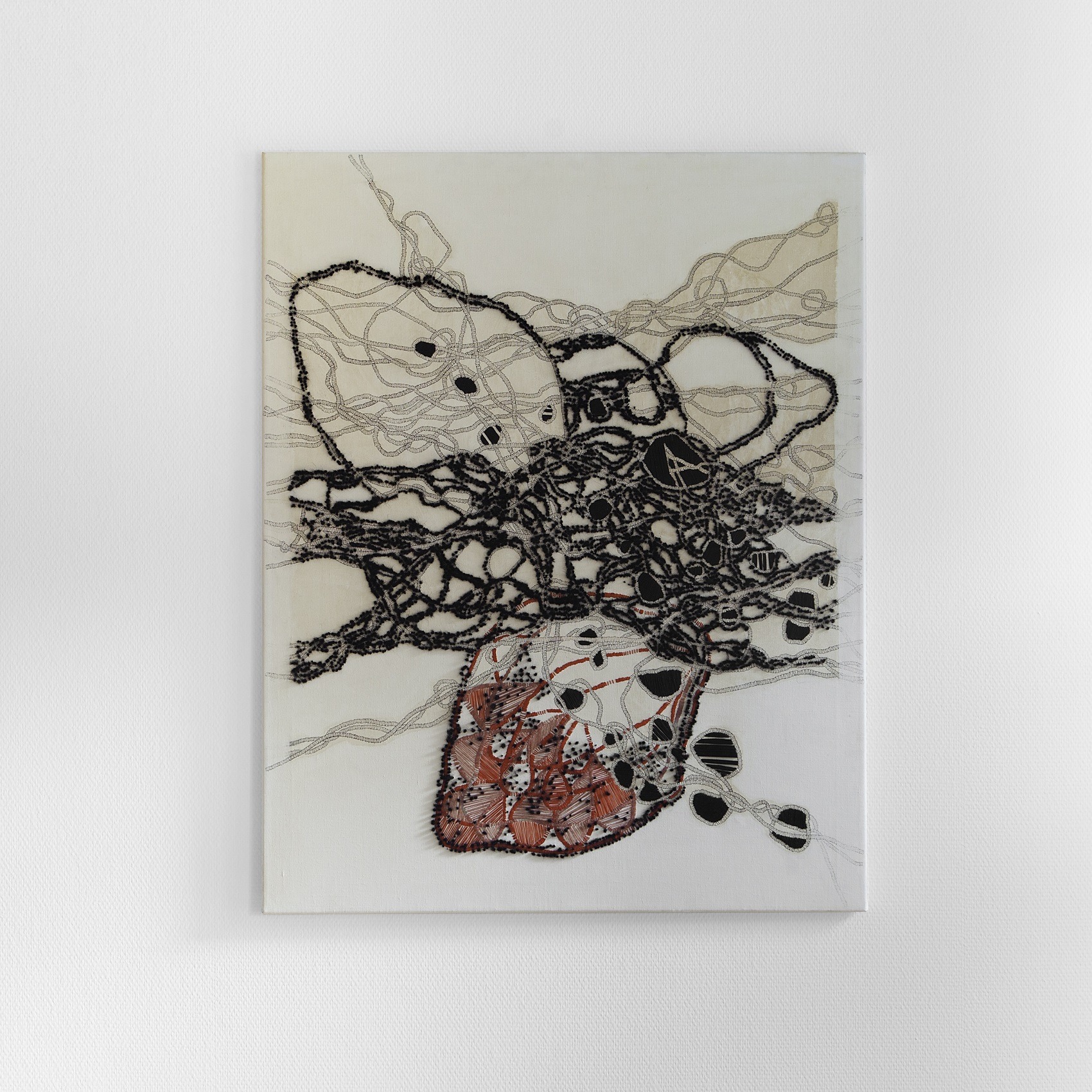
What was your route to becoming an artist?
I have always been creative in some way and looked for opportunities to express myself through various means. Painting and drawing have always been a part of me. But depending on the phases in my life and/or other interests, they have been more or less present.
Approximately 10 years ago, I felt a strong urge to dedicate myself more systematically to open up my work and share it with others.

Phases of creation
Tell us about your process from conception to creation
My work generally comes to life through three phases. I first define a broad idea based on a gathering of experiences, sensations, thoughts, etc. This phase is very exciting. Fantasy flows and all is possible. I love it, and it normally happens with no planning. It could be at night or while listening to music. Or I could be walking in the woods or visiting an exhibition.
In the second phase, I write down the idea in a sketchbook and start dealing with limits (materials, techniques, time needed, etc.). My major limit is prioritizing time with a full-time job and a busy family life. There are definitely some projects in my sketchbooks waiting their turn.
Generally, I do not plan every single detail. For example, when embarking with a drawing, I start with a broad idea and remain open-minded and listen to where to go while working on it.
The third phase is doing the art work. Depending on what I choose to do—which project I decide to embark upon—there might be phases requiring more or less momentary creativity or problem-solving or energy. This is why I normally work on more than one piece at a time. Usually, I work on something new requiring fantasy and creativity along with another work which, once planned, requires mostly simple execution.
I normally start with a vague idea, and then what happens next is responding to what I have produced and have in front of me. This can be tricky, especially when I engage with huge drawings on canvas that take months to complete.
Decisions along the way can vary according to my mood. The process can flow easily when I see things clearly and it all comes naturally together. But it can also be a continuous process of constantly fixing errors. The same goes for making the decision of when to stop.
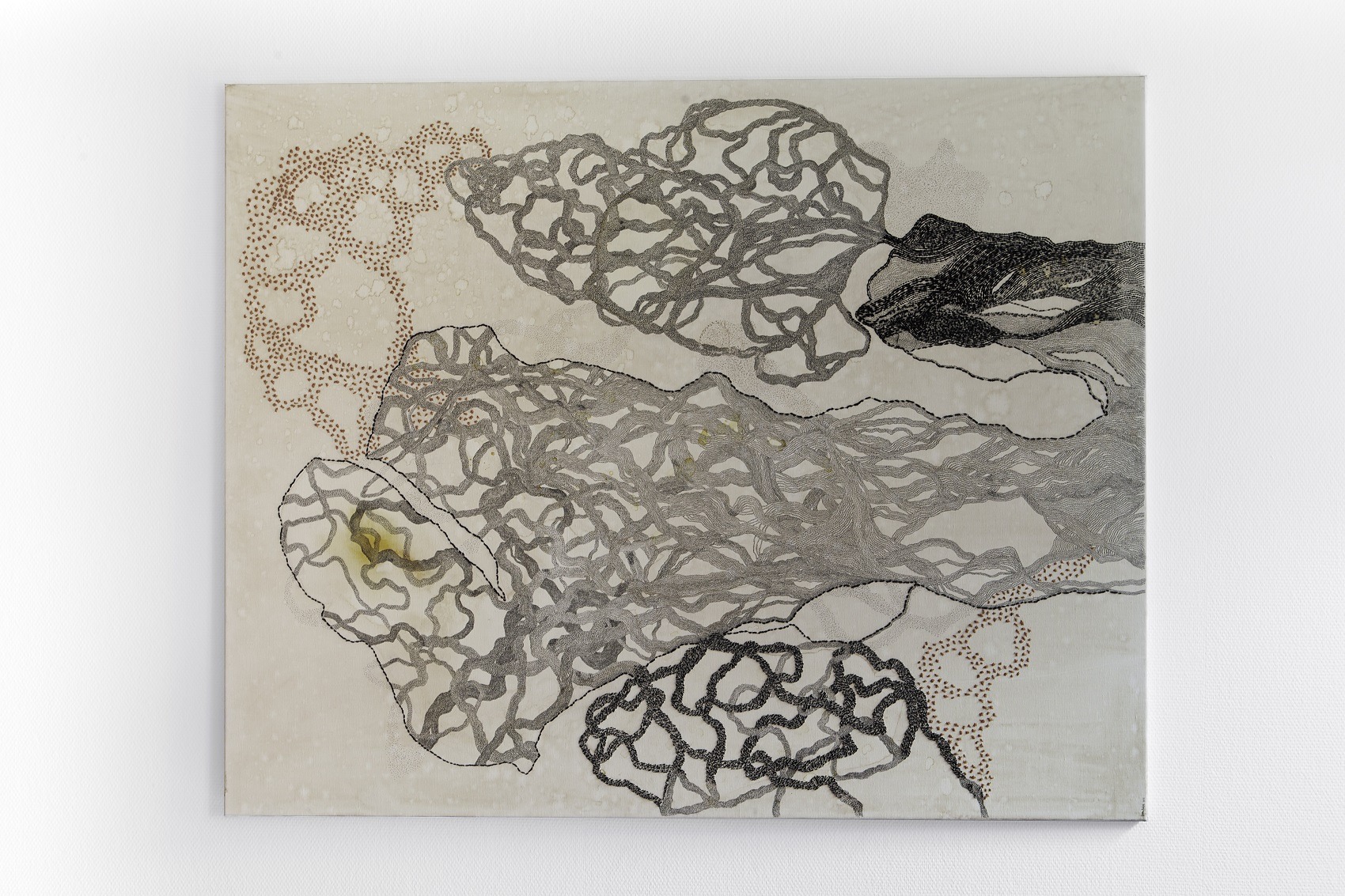
Tell us a bit about your chosen techniques and how you use them
I am currently experimenting with different techniques, but I’ll describe the one that most characterises my recent fountain pen drawings series.
I first give my canvases a nuance with a natural colour (natural inks, coffee, tea). I use big brushes to apply the colours, but I also let the colours simply drop from the brushes to create shadows and stains.
For my designs, I normally sketch what I want to draw…just a general shape…and I choose a pattern (or better a mark!) which I then draw on the dried canvas with a fountain pen. Normally these marks are very tiny compared to the canvas on which I draw, and by repeating the same mark on and on, I progressively create ‘threads of marks’ which eventually form a shape.
The material of the canvas (linen, cotton, etc.) and the type of the background colour will influence how the fountain pen ink interacts with them. The materials literally pull the ink from the pen to a higher or lesser degree via capillary action.
If the marks I am planning to draw are tiny and I want them to be clearly defined, I use canvases that are more regular and polished, with no bumps. I also choose inks that minimize the feathering effect.
In other works, I search for that feathering effect, so I use materials that enhance this.
The choice of the ink and the fountain pen nib also plays a key role in the making. Pens have different nibs that allow a certain amount of ink to flow onto the canvas. And inks are also formulated differently, meaning that some allow for more or less feathering effect.
Sometimes I’ll decide what type of yarn to use before I start drawing and then that yarn inspires my selection of background colour and fountain pen ink.
Other times it’s the other way around. I’ll start drawing and depending on the drawing on canvas, I’ll decide if I want to use a yarn giving light (like linen or silk) or another providing warmth (like wool).
The thickness of the yarn also depends on how tiny the marks are in the drawing. I choose thicker yarns of wool or fabric (cotton or linen) when I need to ‘colour’ big parts of canvases.
The possibilities are endless when it comes to the type, thickness and colour of yarn, and I often discover effects during the work itself, especially when trying to resolve ‘mistakes.’ Overall, the great thing in using yarn and textiles is that I can ‘colour’ parts of my fountain pen drawings while avoiding ink leakages. And I can easily undo the stitches and position them in a place that I like more.
All yarn and textile work is sewn by hand, as I am working on canvases normally used for painting.
These drawings take months to complete. I can do them at any time for as long as I want, from 10 minutes to hours at a time, which is perfect when I have little time to dedicate to this activity.
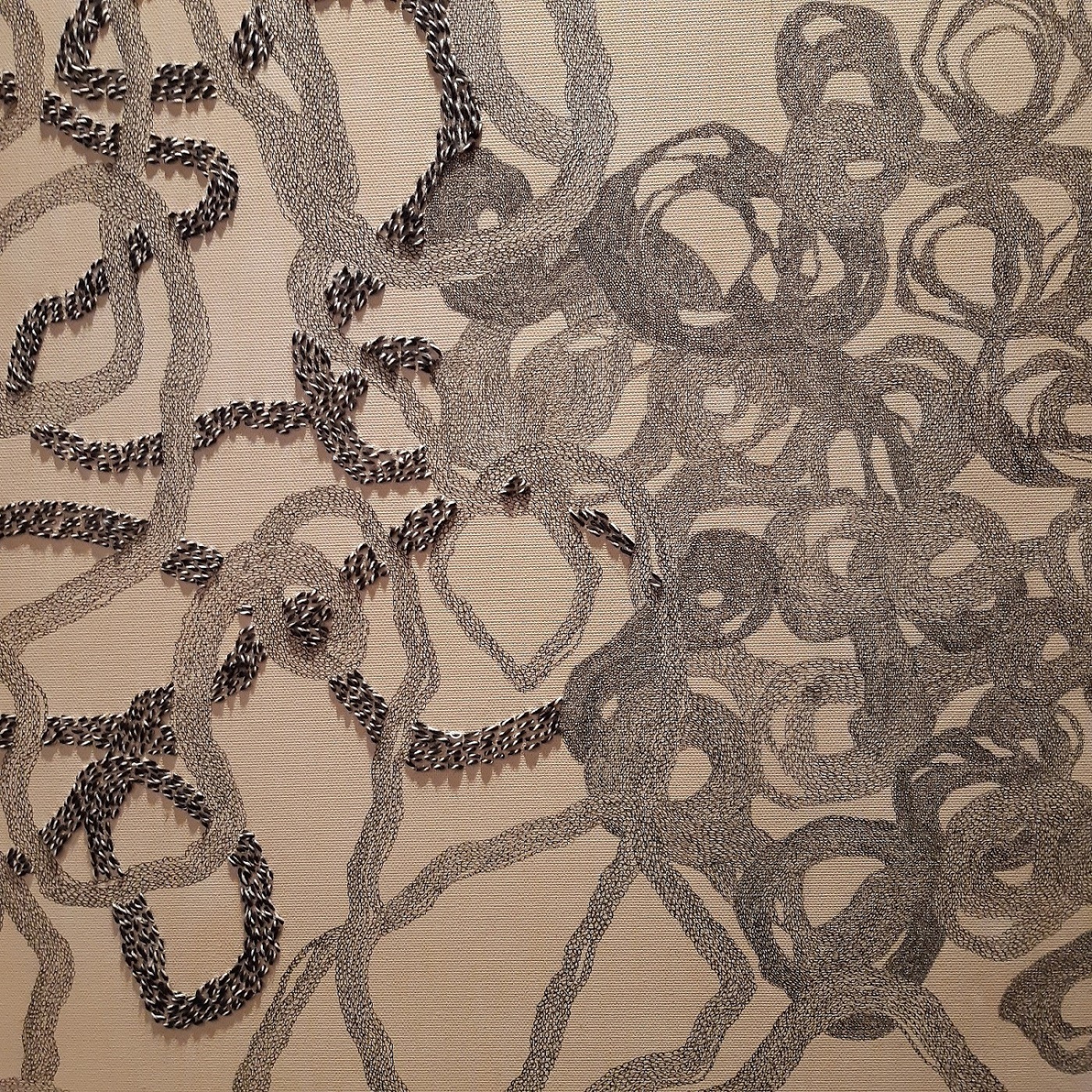
What currently inspires you?
Inspiration comes in different forms and from different sources: walks in nature, books, art catalogues, exhibitions, talks, exchanges with other artists, all sorts of readings, the Internet. These are all sources of inspiration and ideas. I also have my favourite artists, writers and singers that I regularly go back to.
As for textiles, I am generally inspired by the use of traditional materials and techniques to produce non-traditional innovative works. But I’m also equally inspired when new materials are applied to traditional techniques.

Exploring mark making
Tell us about a piece of your work that holds particularly fond memories and why?
I have no favourite. Each work has its own story. Some have matched what I wanted to convey, while others less so.

How has your work developed since you began and how do you see it evolving in the future?
I think I found my dimension when I started to use textiles, and I am still learning this language. I have been exploring repetition in my last works. I am intrigued by mark-making, and that is why I find stitching very interesting.
I also enjoy building huge drawings that are basically made by little marks and this feeling of boiling the ocean: a long-lasting challenge.
I am also aware that while textiles might be my ‘current’ exploration dimension, I will move from it eventually. But for now, I like this space. I see myself working with soft materials and objects in the near future.
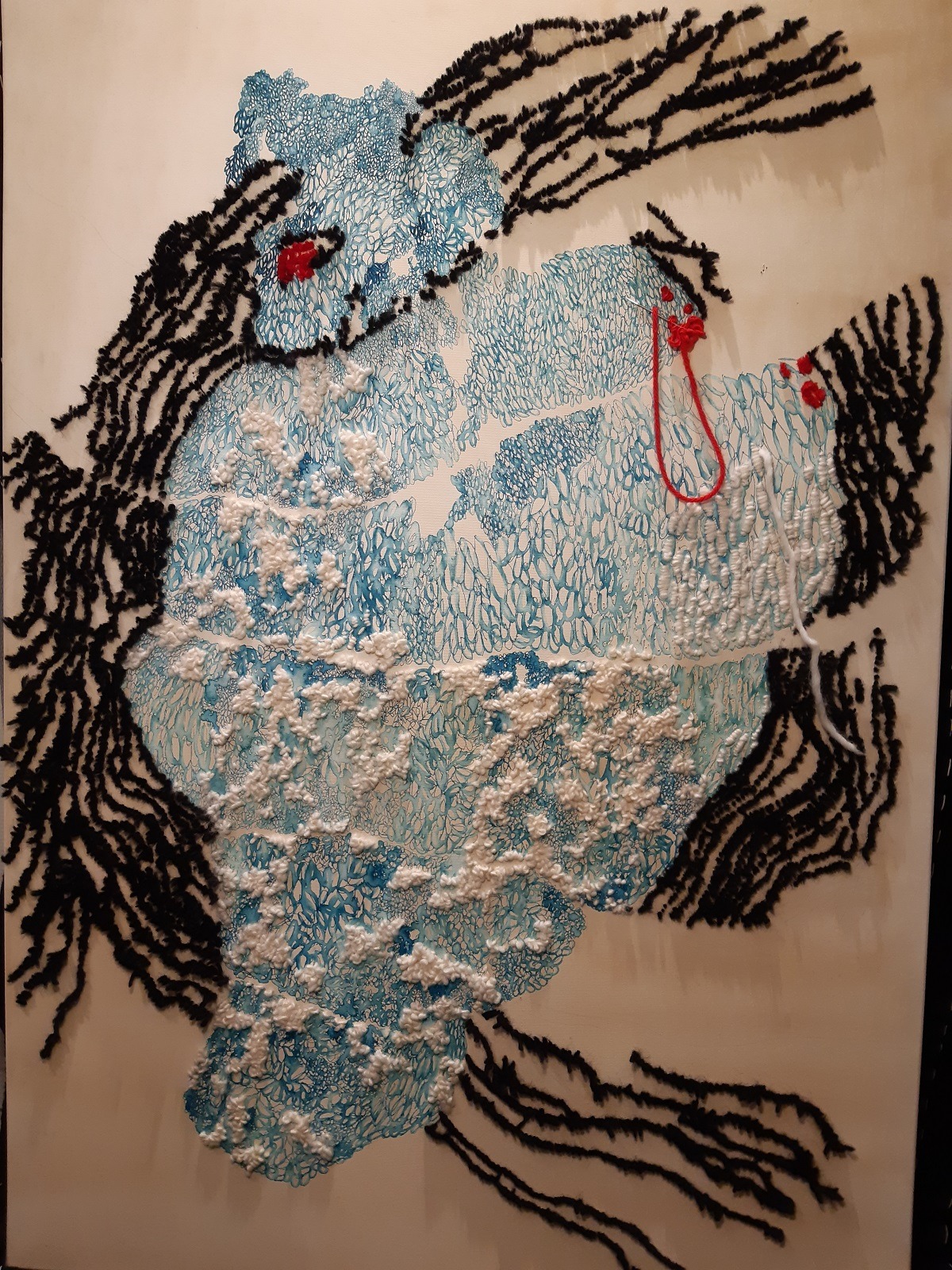
What advice would you give to an aspiring textile artist?
I agree with some other interviewees: Stop procrastinating and just try it!.
I would also add if you currently have limited time to create, then find a formula or a technique that is feasible for you now, in this present moment. Ideas and solutions will come along.
For more information visit www.varkako.com
Are you inspired by Varka’s use of mixed media? Let us know below.
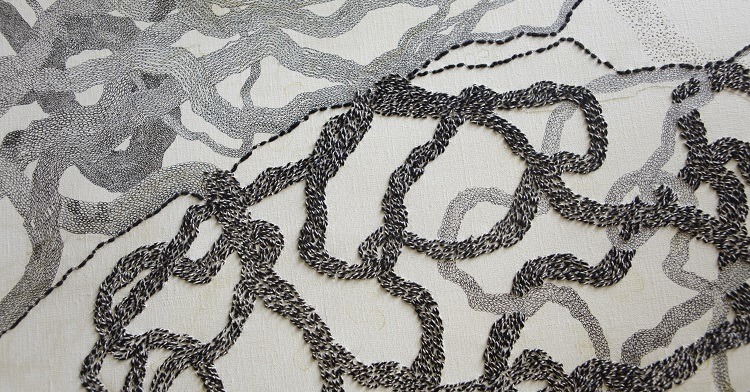
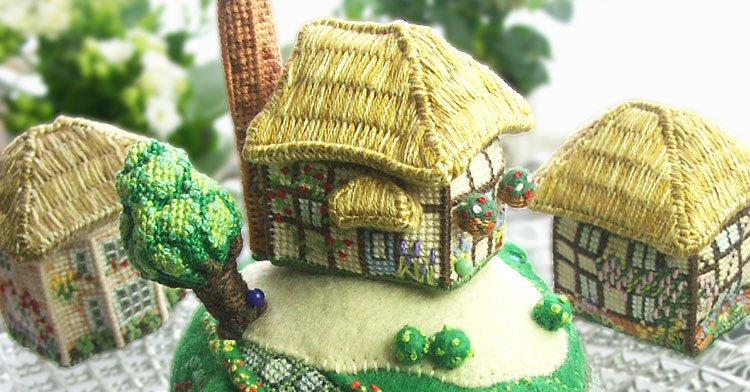
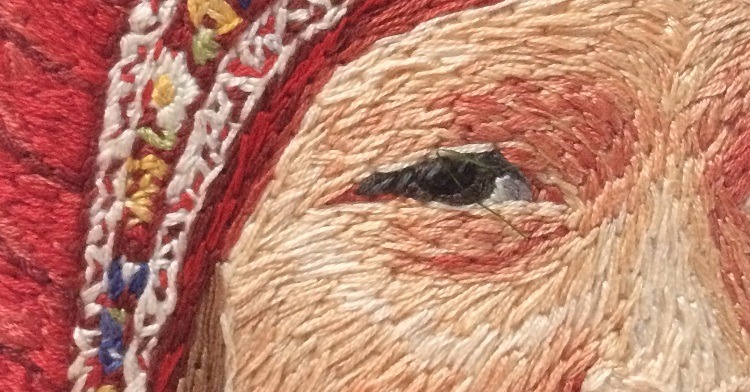
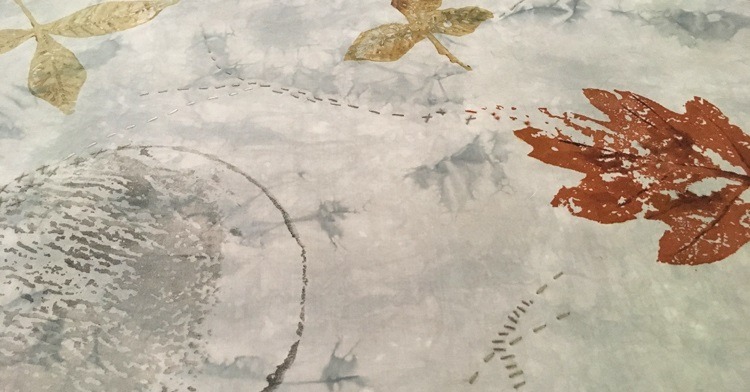
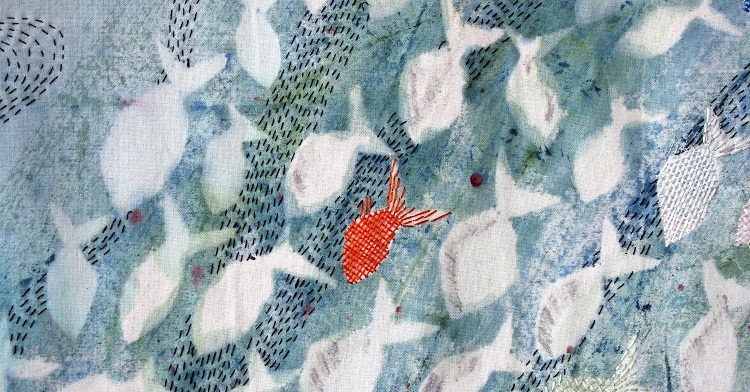
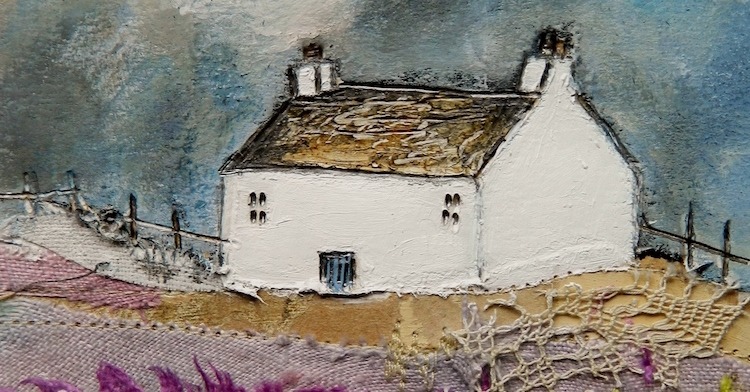
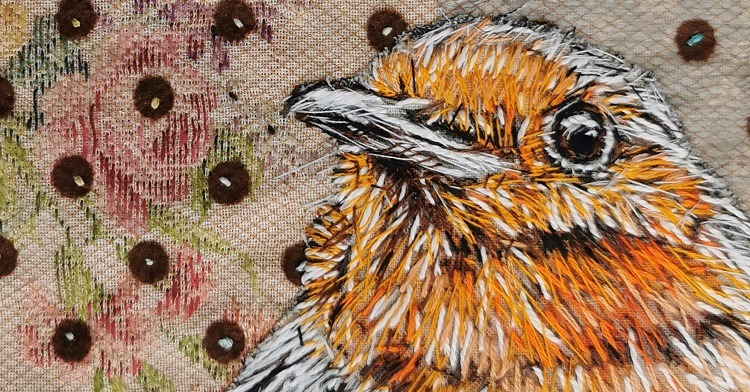
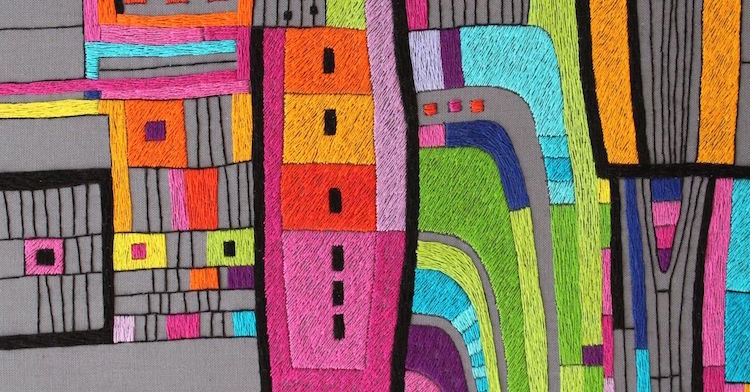
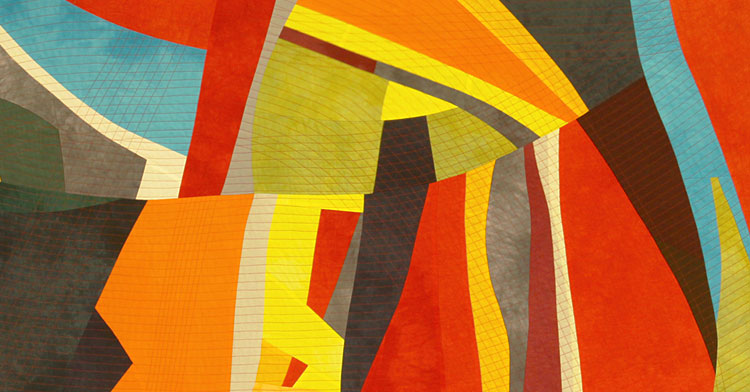
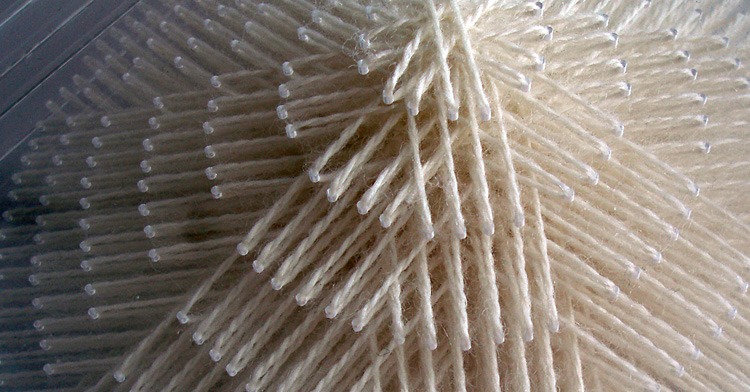
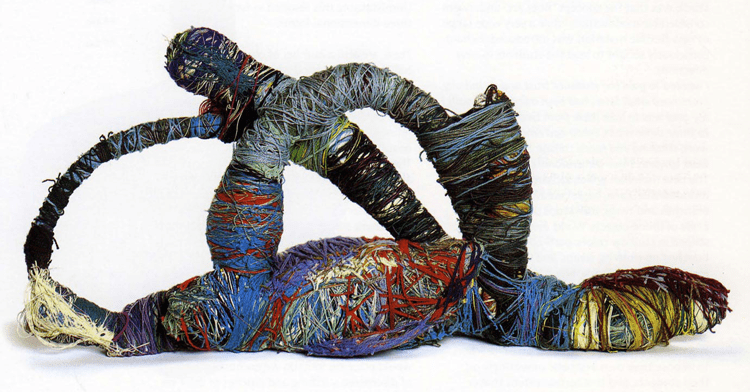
Comments